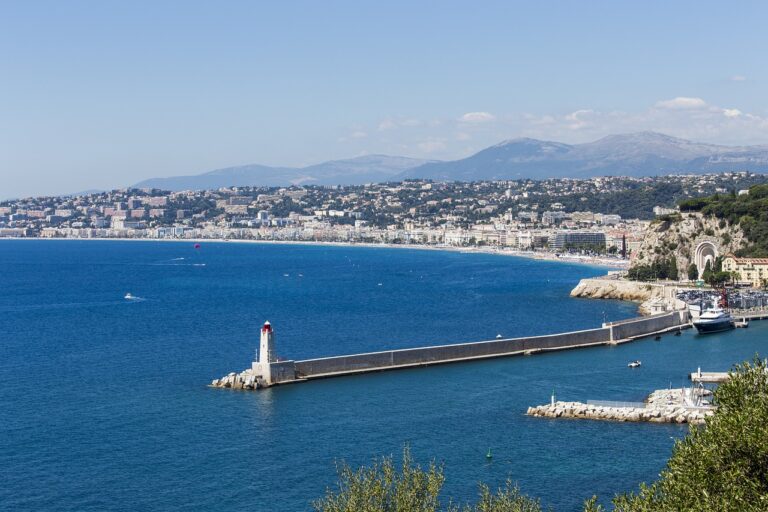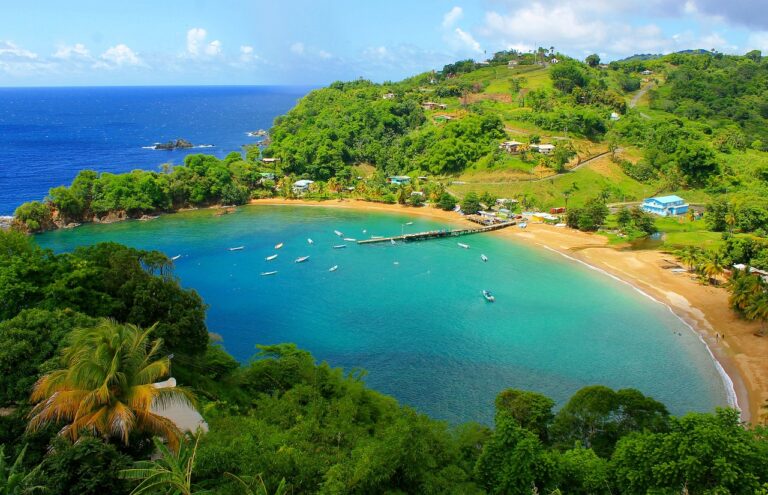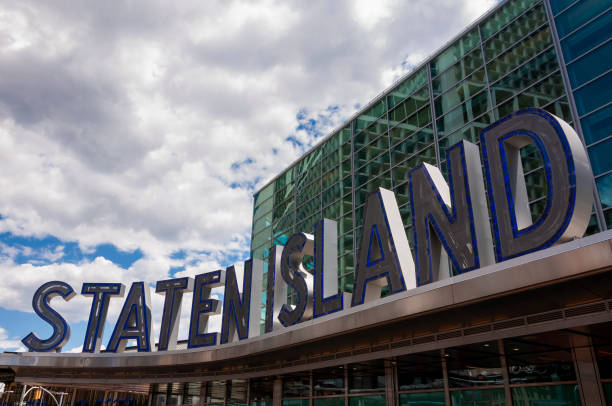Chateau de Chambord: 10 Things You Need to Know About Chateau de Chambord, France.
Chateau de Chambord is an iconic French Renaissance castle located in the Loire Valley. It is the largest enclosed forest in Europe, with over 5,440 hectares of land. The castle was built in the early 16th century by King Francis I as a hunting lodge, and it has since become a popular tourist destination.
If you’re planning a visit to Chateau de Chambord, there are a few things you should know to make the most of your trip. In this article, we’ll explore ten interesting facts about the castle, including its history, architecture, and notable features. Whether you’re a history buff, an architecture enthusiast, or simply looking for a unique travel experience, Chateau de Chambord is sure to impress.
Historic Significance
Renaissance Architecture
Chateau de Chambord is one of the most significant examples of French Renaissance architecture. The chateau’s construction began in 1519 and continued into the 17th century. It was designed by architect Domenico da Cortona, who was influenced by Leonardo da Vinci. The chateau features a unique blend of classical Italian Renaissance and French architectural styles.
The chateau’s most notable architectural feature is its double helix staircase, which is believed to have been designed by Leonardo da Vinci. The staircase allows two people to ascend and descend the staircase without ever meeting. This feature is a testament to the ingenuity and creativity of the Renaissance period.
Historic Residents
Chateau de Chambord has been home to many notable residents throughout its history. The chateau was originally built as a hunting lodge for King Francis I of France. Francis I was one of the most significant monarchs in French history and is known for his patronage of the arts and his support of the Renaissance movement.
In 1639, the chateau was acquired by Gaston d’Orleans, the brother of King Louis XIII. Gaston d’Orleans was a prominent military leader and politician in France and played a significant role in the country’s history.
During World War II, Chateau de Chambord was used to store the Louvre Museum’s most valuable art collection. The chateau’s thick walls and remote location made it an ideal location to protect the artwork from potential theft or damage.
Overall, Chateau de Chambord’s historic significance lies in its unique blend of architectural styles and its association with some of the most notable figures in French history.
Architectural Design
The Chateau de Chambord is a masterpiece of French Renaissance architecture. The chateau’s construction began in 1519 under the orders of King Francis I, who wanted a hunting lodge and a symbol of his wealth and power. The chateau was designed by a team of architects, including Domenico da Cortona, who was likely responsible for the overall design.
French Gothic Influence
The chateau’s design is heavily influenced by French Gothic architecture, as seen in the pointed arches, the ribbed vaults, and the ornate tracery of the windows. The use of Gothic elements was a deliberate choice by the architects to create a sense of grandeur and to pay homage to the medieval past of France.
Double Helix Staircase
One of the most famous features of the Chateau de Chambord is the double helix staircase, which was designed by Leonardo da Vinci. The staircase consists of two separate staircases that spiral around a central column without ever meeting. This design allowed two people to ascend and descend the staircase at the same time without ever crossing paths. The double helix staircase is a testament to the ingenuity and creativity of the Renaissance period.
Roofscape and Chimneys
The chateau’s roofscape is another notable feature of its design. The roof is adorned with over 800 sculpted figures, including animals, human figures, and mythical creatures. The chateau also boasts over 300 chimneys, which are not only functional but also add to the chateau’s decorative appeal. The chimneys are arranged in a variety of shapes and sizes, ranging from simple rectangular shapes to ornate turrets with pointed spires.
Overall, the Chateau de Chambord is a stunning example of Renaissance architecture, with its Gothic influences, innovative design, and intricate details. Its architectural design is a testament to the creativity and skill of the architects and craftsmen who worked on it.
Construction and Restoration
Building Timeline
Chateau de Chambord was built in the early 16th century under the guidance of renowned architect Domenico da Cortona. Construction began in 1519, and it took over 15 years to complete. The chateau was designed to be a hunting lodge that would reflect King François I’s prestige and power. The king infused the chateau with a fusion of French and Italian Renaissance styles.
The chateau has a unique design, with a central keep surrounded by four massive towers. The keep has a double helix staircase that is said to have been designed by Leonardo da Vinci. The chateau also has over 400 rooms, 365 fireplaces, and 84 staircases.
Recent Renovations
Chateau de Chambord has undergone several renovations over the years to preserve its unique architecture and historical significance. In 2017, the chateau underwent a major restoration project to restore and gold plate the lanterns. The restoration project was completed in time for the chateau’s 500th anniversary celebrations.
The chateau has also undergone renovations to improve its accessibility for visitors. In 2018, a new visitor center was opened, providing visitors with information about the chateau’s history and architecture. The visitor center also has a gift shop and a restaurant.
Overall, the chateau’s unique architecture and historical significance have made it a popular tourist destination. Its recent renovations have improved its accessibility and preserved its unique design for future generations to enjoy.
Cultural Impact
Literary References
Chateau de Chambord has been referenced in numerous literary works. It is mentioned in the works of French authors such as Victor Hugo, Gustave Flaubert, and Honoré de Balzac. In Hugo’s “Les Misérables,” the protagonist Jean Valjean takes refuge in Chateau de Chambord during his flight from the authorities. Flaubert’s “Madame Bovary” features a scene at the chateau, where the protagonist Emma Bovary visits with her lover. Balzac’s “La Comédie Humaine” also mentions the chateau in several of his works.
Cinematic Appearances
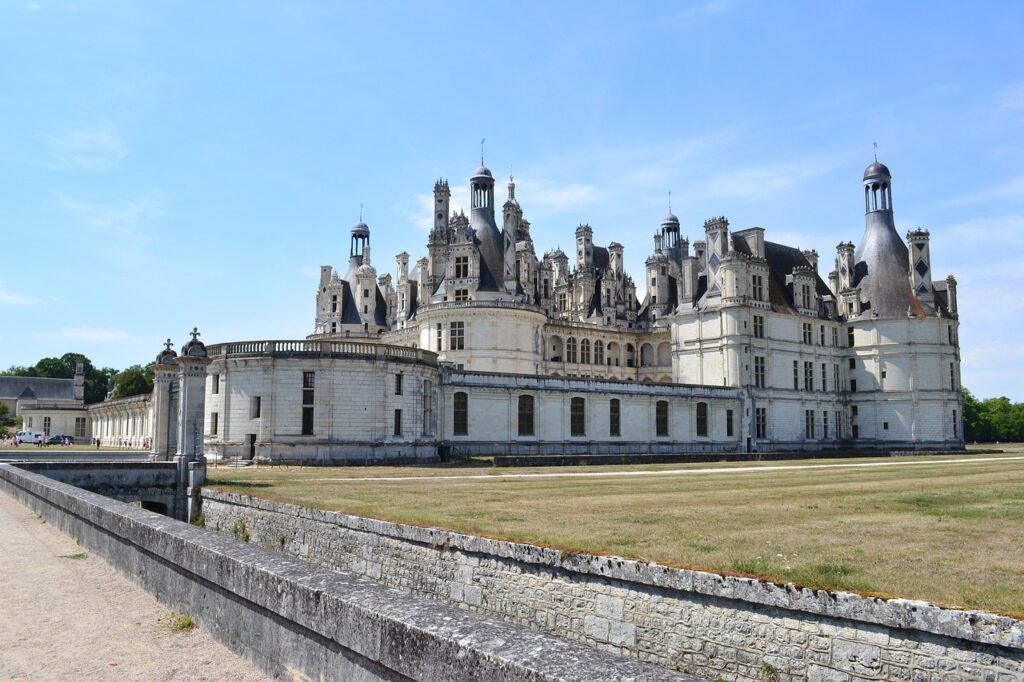
Chateau de Chambord has also made appearances in several films. It was used as a location for the 1979 James Bond film “Moonraker,” where it served as the headquarters of the villainous Hugo Drax. The chateau was also featured in the 2017 live-action adaptation of “Beauty and the Beast,” where it served as the exterior of the Beast’s castle. In addition, the chateau has been used as a location for several French films, including “The Three Musketeers” and “The Man in the Iron Mask.”
Overall, Chateau de Chambord’s cultural impact extends beyond its historical significance as a royal residence. Its appearances in literature and film have cemented its place in popular culture, making it a beloved symbol of French heritage.
Visitor Experience
Visiting the Chateau de Chambord is a unique experience that offers a glimpse into the grandeur of the French Renaissance. Here are some things you need to know to make the most of your visit.
Guided Tours
Guided tours are available for visitors who want to learn more about the history of the chateau and its architecture. The tours are conducted by knowledgeable guides who provide interesting insights into the history of the chateau and the people who lived there. The tours are available in multiple languages, including English, French, and Spanish.
Gardens and Parklands
The gardens and parklands of the Chateau de Chambord are a must-see for visitors. The gardens are beautifully landscaped and offer a peaceful retreat from the hustle and bustle of the city. Visitors can also explore the parklands, which are home to a variety of wildlife, including deer and wild boar.
Visitors can take a leisurely stroll through the gardens or rent a bike to explore the parklands. There are also horse-drawn carriage rides available for visitors who want a more romantic experience.
Overall, the visitor experience at the Chateau de Chambord is one that is sure to leave a lasting impression. Whether you are interested in history, architecture, or simply want to enjoy the beauty of the French countryside, a visit to the Chateau de Chambord is a must-do activity.
Art and Exhibitions
Château de Chambord is not only an architectural masterpiece but also a cultural center that hosts various art exhibitions and displays. Here are some of the art collections and temporary exhibits that visitors can enjoy:
Interior Collections
The interior of the Château de Chambord is richly decorated with a variety of collections that reflect the history and culture of the castle. Visitors can see the royal apartments, the chapel, and the library, which contains over 5,000 books. The castle also houses a collection of tapestries that depict scenes from the life of Julius Caesar.
One of the most impressive features of the castle is the double helix staircase, which is a masterpiece of Renaissance engineering. The staircase is made of two separate staircases that wind around a central column but never meet, which allows people to ascend and descend without ever crossing paths.
Temporary Exhibits
In addition to the permanent collections, Château de Chambord also hosts temporary exhibitions that showcase a variety of art forms. Recent exhibits have included works by contemporary artists, as well as historical displays that explore the castle’s rich past.
For example, in 2022, the castle hosted an exhibit titled “Women in the Renaissance,” which explored the role of women in 16th-century Europe. The exhibit featured paintings, sculptures, and other works of art that depicted women from various walks of life, including queens, noblewomen, and commoners.
Overall, the art collections and temporary exhibits at Château de Chambord provide visitors with a unique opportunity to explore the rich cultural heritage of the castle and the surrounding region.
Conservation Efforts
Chateau de Chambord has undergone extensive conservation efforts to preserve its historical and cultural significance. The castle was in a state of disrepair for many years, and it was not until the 20th century that restoration efforts began.
One of the most significant restoration projects was the reconstruction of the castle’s roof. The original roof was destroyed in a fire in the 18th century, and for many years, the castle was exposed to the elements. In the 20th century, a new roof was constructed using traditional techniques and materials, such as lead and oak.
In addition to the roof, other parts of the castle have been restored, including the facade and the interior. The restoration work has been carried out in a way that respects the castle’s original design and materials.
To ensure the long-term preservation of the castle, ongoing conservation efforts are necessary. The castle is regularly inspected, and any necessary repairs are carried out promptly. The estate of Chambord also works to protect the surrounding natural environment, including the forest and parkland.
Overall, the conservation efforts at Chateau de Chambord have been successful in preserving the castle’s historical and cultural significance for future generations to enjoy.
Events and Celebrations
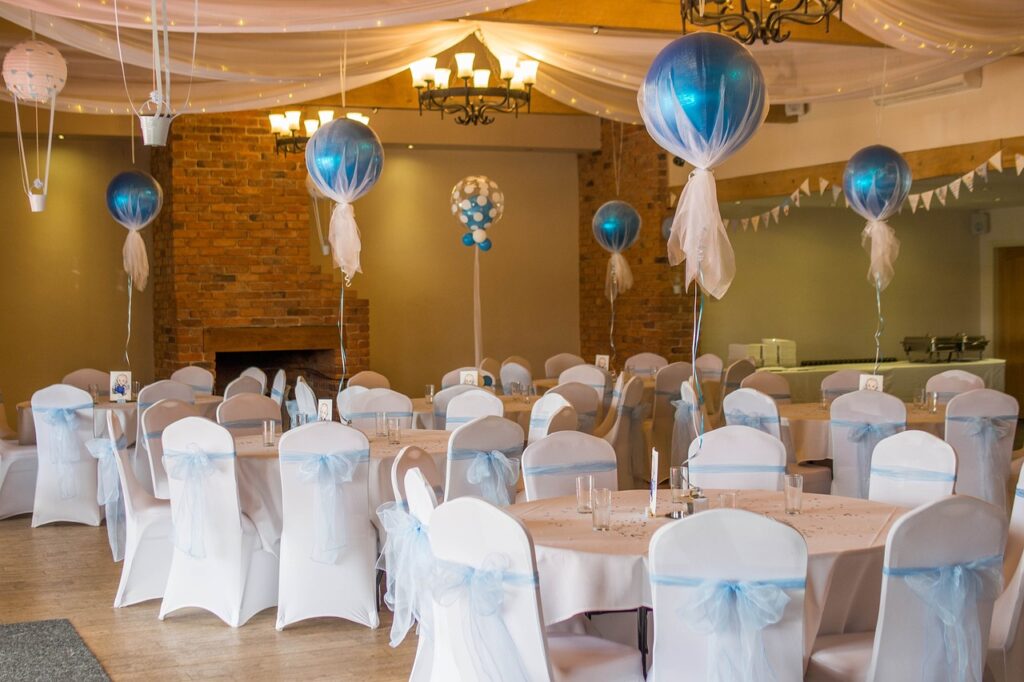
Chateau de Chambord is not just a historic monument but also a cultural hub that hosts various events and celebrations throughout the year. Visitors can enjoy a wide range of activities and performances that are held in and around the castle grounds.
One of the most popular events is the Chambord Music Festival, which takes place every year in July. The festival features a series of classical music concerts that are held in the castle’s courtyard, as well as in the nearby town of Blois. The festival attracts music lovers from all over the world and is a must-see event for anyone visiting the Loire Valley.
Another event that is worth checking out is the Chambord Gardens Festival, which takes place in the spring. The festival showcases the castle’s beautiful gardens and features a range of activities, including guided tours, workshops, and exhibitions. Visitors can also enjoy a variety of food and drink stalls, as well as live music performances.
In addition to these annual events, Chateau de Chambord also hosts a range of other celebrations throughout the year, including Christmas markets, Halloween parties, and traditional French fairs. Visitors are advised to check the castle’s website for up-to-date information on upcoming events and activities.
Overall, Chateau de Chambord is not only a stunning example of Renaissance architecture but also a vibrant cultural center that offers something for everyone. Whether you’re a history buff, a music lover, or just looking for a fun day out, Chambord is definitely worth a visit.
Practical Information

Opening Hours
Chateau de Chambord is open to visitors every day of the year, except on January 1st and December 25th. The castle opens at 9:00 AM and closes at 5:00 PM from October to March, and from April to September, it closes at 6:00 PM. Visitors are advised to check the official website for any changes in the opening hours.
Ticketing and Entry Fees
The ticket prices for Chateau de Chambord vary depending on the season and the type of ticket. The standard adult ticket costs €14 from October to March and €16 from April to September. There are also discounted tickets available for children, students, and senior citizens. Visitors can purchase tickets online or at the ticket office on-site.
It is worth noting that visitors can opt for a guided tour of the castle at an additional cost. The guided tour covers the main highlights of the castle and provides visitors with a more in-depth understanding of its history and architecture. Visitors are advised to book the guided tour in advance to avoid disappointment.
Furthermore, visitors should be aware that there are additional fees for parking, audio guides, and access to certain areas of the castle. Visitors are advised to check the official website for more information on ticketing and entry fees.
Overall, visitors to Chateau de Chambord can expect an informative and enjoyable experience. With its impressive architecture and rich history, it is a must-see attraction for anyone visiting the Loire Valley.




